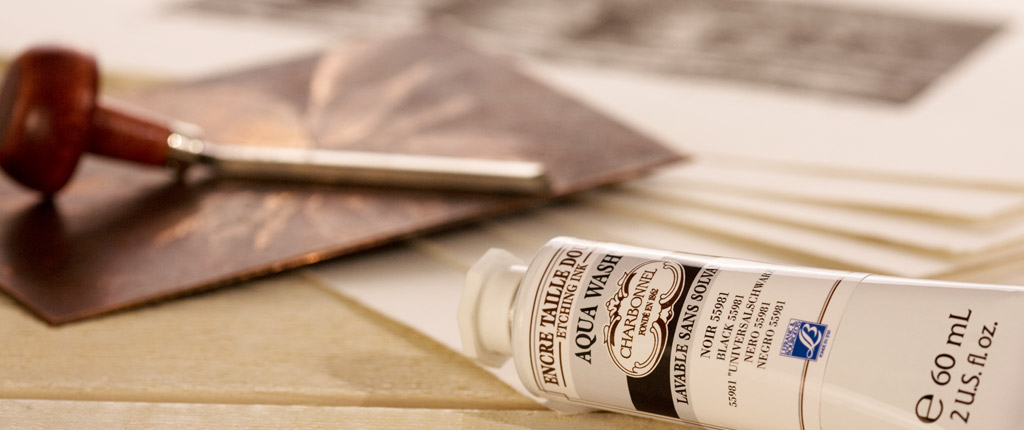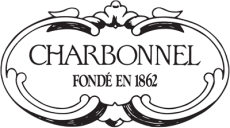
The history of engraving began at the end of the 14th century with wood engraving from germany. At the beginning of 17th century etching was truly introduced to France and became an object of trade and power at this period of history. The advent of photography and photo-mechanical processes in the 19th century challanged the role of engraving. It was at this trying time for woodcuts that, in 1862, Francois Charbonnel, chemical engineer and pharmacist founded the production of „ground inks for itaglio and lithographic varnishes“. Many artists are partisans of engraving as a method of artistic expression. Impressionists such as Pissaro, Degas, Manet and Renoir produced engravings printed by Leblanc in his workshop on the rue St-Jacques, who was the main client of Charbonnel at this time.
The beginning of the 20th century was an boom period for the engraving trades. Engraving became more democratic with many workshops being crated and Charbonnel continued to supply them with colours and installed complete workshops. Paris became the capital of art printing. This perious of high activity would last 30 years until the arrival of a new competitor, more threatening than photography: the offset technique. Engraving thus experienced a setback, many workshops converted to offset printworks and other closed down. The international renown acquired by the Parisian workshops from the beginning of the century continued to attract engravers and lithographers from the world over and Charbonnel continued to work and perfect the products according to the demands of the artists and workshops.
In 1989, Charbonnel was bought out by Lefranc&Bourgeois. The production was transferred but the procedures have remained identical.

